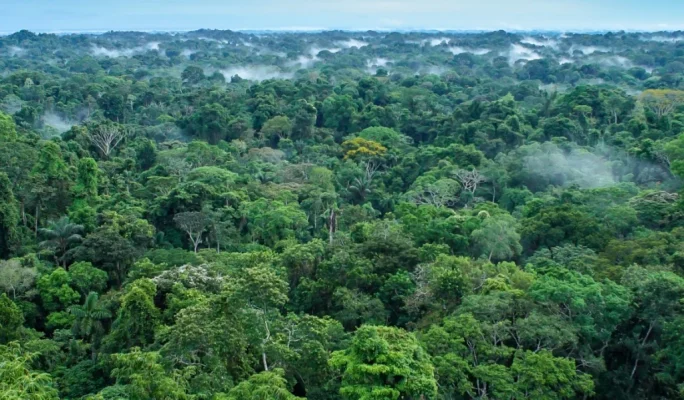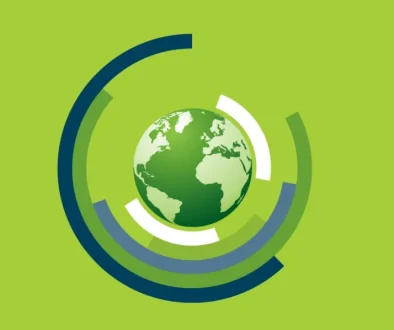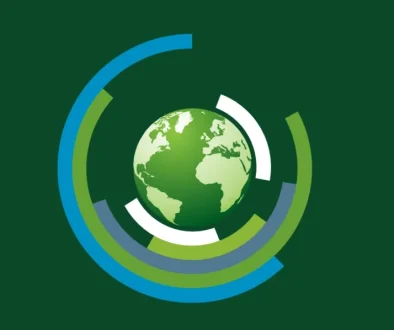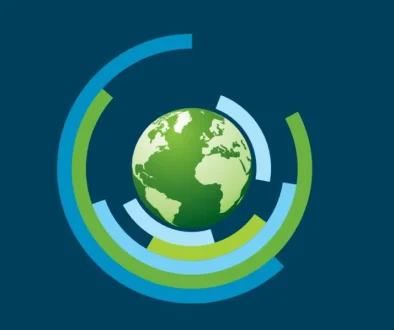What is Ecosystem Accounting?
Ecosystem accounting – how it works
The SEEA EA is built on five core accounts. These accounts are compiled using spatially explicit data and information about the functions of ecosystem assets and the ecosystem services they produce.
The five ecosystem accounts are:
1. ECOSYSTEM EXTENT accounts record the total area of each ecosystem, classified by type within a specified area (ecosystem accounting area). Ecosystem extent accounts are measured over time in ecosystem accounting areas (e.g., nation, province, river basin, protected area, etc.) by ecosystem type, thus illustrating the changes in extent from one ecosystem type to another over the accounting period.
2. ECOSYSTEM CONDITION accounts record the condition of ecosystem assets in terms of selected characteristics at specific points in time. Over time, they record the changes to their condition and provide valuable information on the health of ecosystems.
3. & 4. ECOSYSTEM SERVICES flow accounts (physical and monetary) record the supply of ecosystem services by ecosystem assets and the use of those services by economic units, including households.
5. MONETARY ECOSYSTEM ASSET accounts record information on stocks and changes in stocks (additions and reductions) of ecosystem assets. This includes accounting for ecosystem degradation and enhancement.
The SEEA EA also supports ‘thematic accounting’, which organizes data around specific policy-relevant environmental themes, such as biodiversity, climate change, oceans and urban areas. Other important thematic accounts would include accounting for protected areas, wetlands and forests.
A key aspect of ecosystem accounting is that it allows the contributions of ecosystems to society to be expressed in monetary terms so those contributions to society’s well-being can be more easily compared to other goods and services we are more familiar with. Monetary estimates can provide information for decision-makers, for example for economic policy planning, cost-benefit analysis, and for raising awareness of the relative importance of nature to society. Ecosystem service values are derived by using a range of economic valuation techniques.
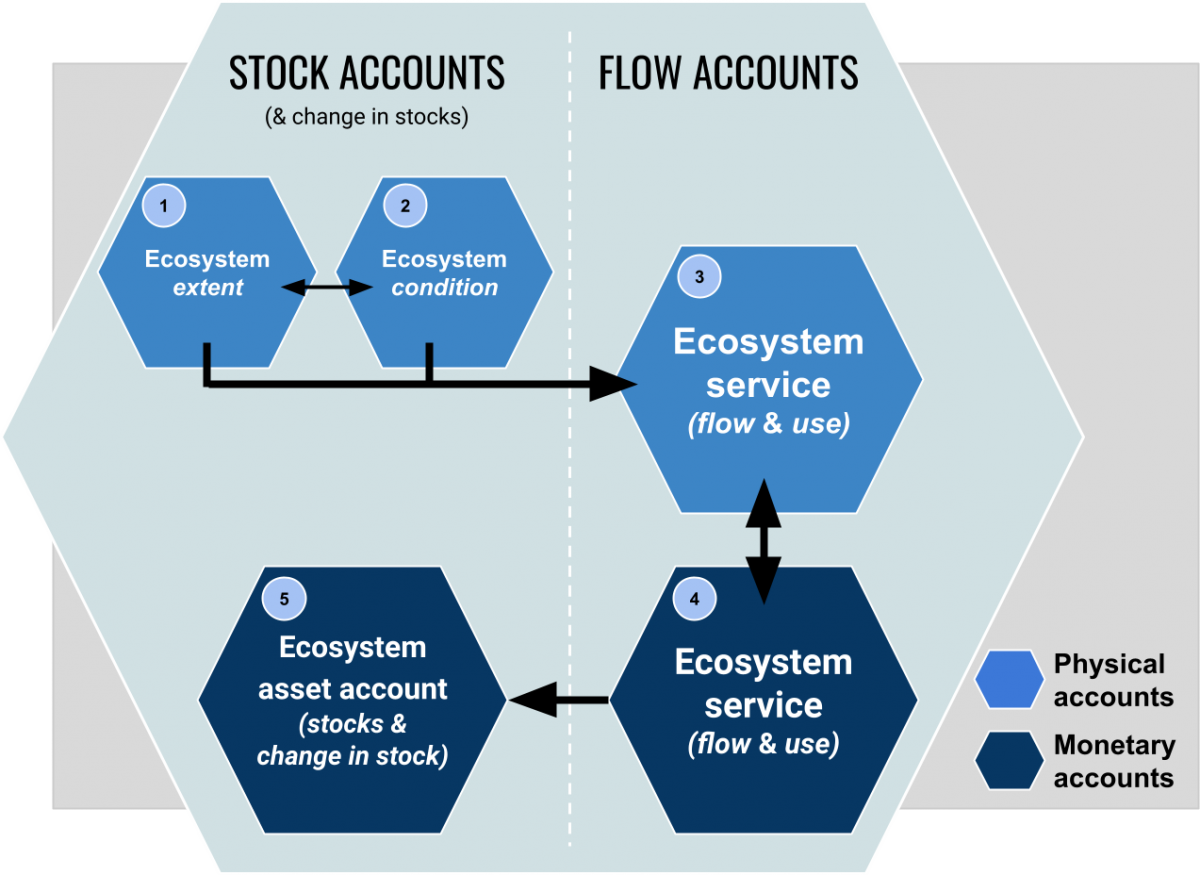
Figure 1: Ecosystem accounts and how they relate to each other
Ecosystem accounting takes a spatial approach
The SEEA EA takes a spatial approach to accounting, as the benefits a society receives from ecosystems depend on where those assets are in the landscape in relation to the beneficiaries. In contrast, the SEEA Central Framework looks at individual environmental assets (resources), such as water or energy resources.
This spatial focus identifies the location and size of ecosystem assets, the ecosystem services provided, and the location of beneficiaries (households, businesses and governments). For example, the beneficiaries of water filtration ecosystem services are likely located downstream of the ecosystem asset that provides that benefit (see figure 2).
As a result, ecosystem accounts are commonly presented using maps, bringing together geographical, environmental, ecological, and economic information in one place, as well as tables.
The SEEA EA can be compiled at different spatial scales, including the subnational (state, river basin, protected area, urban, etc.), or national level and across terrestrial, freshwater and marine areas.
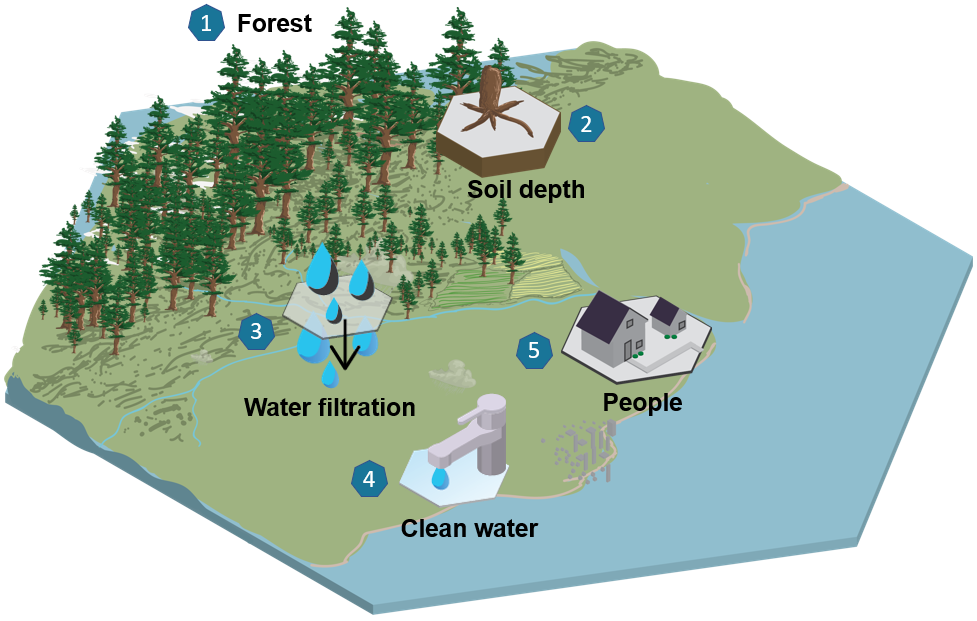
Figure 2: How ecosystem assets generate ecosystem services to beneficiaries in a spatial relationship
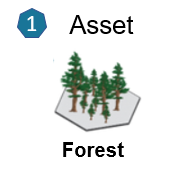
The model starts with identifying an ecosystem asset, in this case, a forest, that can measured by its extent (e.g. hectares).
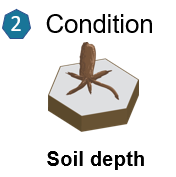
This forest asset can be further described in terms of its condition, through indicators that reflect its overall quality (e.g. soil depth).
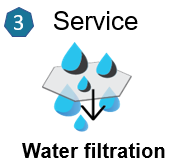
The biomass in this forest collects and filters rainfall before it reaches streams and rivers, providing the important ecosystem service of water filtration.
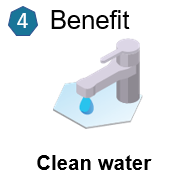
The benefits generated by the filtration service take the form of cleaner water and reduced water treatment costs.
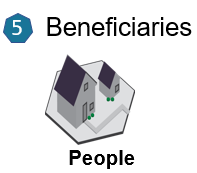
These benefits accrue to the actors in the economy, including businesses and households that produce elements of well-being that can be measured using quantitative economic techniques.
SEEA Ecosystem Accounting – how it can be used
The SEEA EA has already been applied to a wide range of policies and decision making processes that support the global sustainability agenda. For example:
- In Indonesia, carbon accounts have been used to assess the impacts of changes in peatland ecosystems (see World Economic Situation and Prospects 2020, Box II.4, page 86);
- In South Africa, ecosystem extent and condition accounts for rivers have informed the National Water and Sanitation Master Plan (see National River Ecosystem Accounts for South Africa);
- In Uganda, species accounts have demonstrated the economic importance of the indigenous Shea tree (see Experimental Ecosystem Accounts for Uganda); and
- The use of data from ecosystem extent and condition accounts has been used to monitor progress towards the United Nations Sustainable Development Goals and the strategic objectives of the United Nations Convention to Combat Desertification. Accounts will provide relevant information for monitoring the Post-2020 Global Biodiversity Framework.
The SEEA EA framework allows to answer important, overarching questions on the relationship between the economy, society, and the environment and how we measure well-being and social progress. For example:
- What is the contribution of ecosystems and their services to the economy, social wellbeing, jobs and livelihoods?
- How is the condition, health and integrity of ecosystems and biodiversity changing over time and where are the main areas of degradation and enhancement?
- How can natural resources and ecosystems be best managed to ensure continued services and benefits such as energy, food supply, water supply, flood control, carbon storage and recreational opportunities?
- How should conservation efforts be targeted?
- What opportunities exist for the development of innovative incentive-based programs to conserve nature such as payment for ecosystem services?
- What do estimates of a nation’s wealth and economic potential look like once the state of its environment is considered?
Read more about further potential policy applications of the SEEA EA.
Projects that supported advancement of the SEEA Ecosystem Accounting
A range of international projects have contributed towards the development of the revised SEEA EA by testing and experimentation. These include:
- The Natural Capital Accounting and Valuation of Ecosystem Services (NCAVES) project, funded by the EU
- The Advancing Natural Capital Accounting Project (ANCA), funded by Norway
- The Global Program for Sustainability (GPS) and the Wealth Accounting and the Valuation of Ecosystem Services (WAVES) partnership
- Knowledge innovation project – Integrated system for Natural Capital and ecosystem services Accounting (KIP-INCA) and the Mapping and Assessment of Ecosystems and their Services (MAES) projects
- Mapping and Assessment for Integrated ecosystem Accounting (MAIA) project
The revision process
The SEEA EA revision process started in 2018 at the request of the UN Statistical Commission. More than 100 experts from a range of disciplines, sectors and countries were directly involved in its preparation and over 500 experts reviewed the final versions through a global consultation. For more on the revision process see the dedicated revision website.

